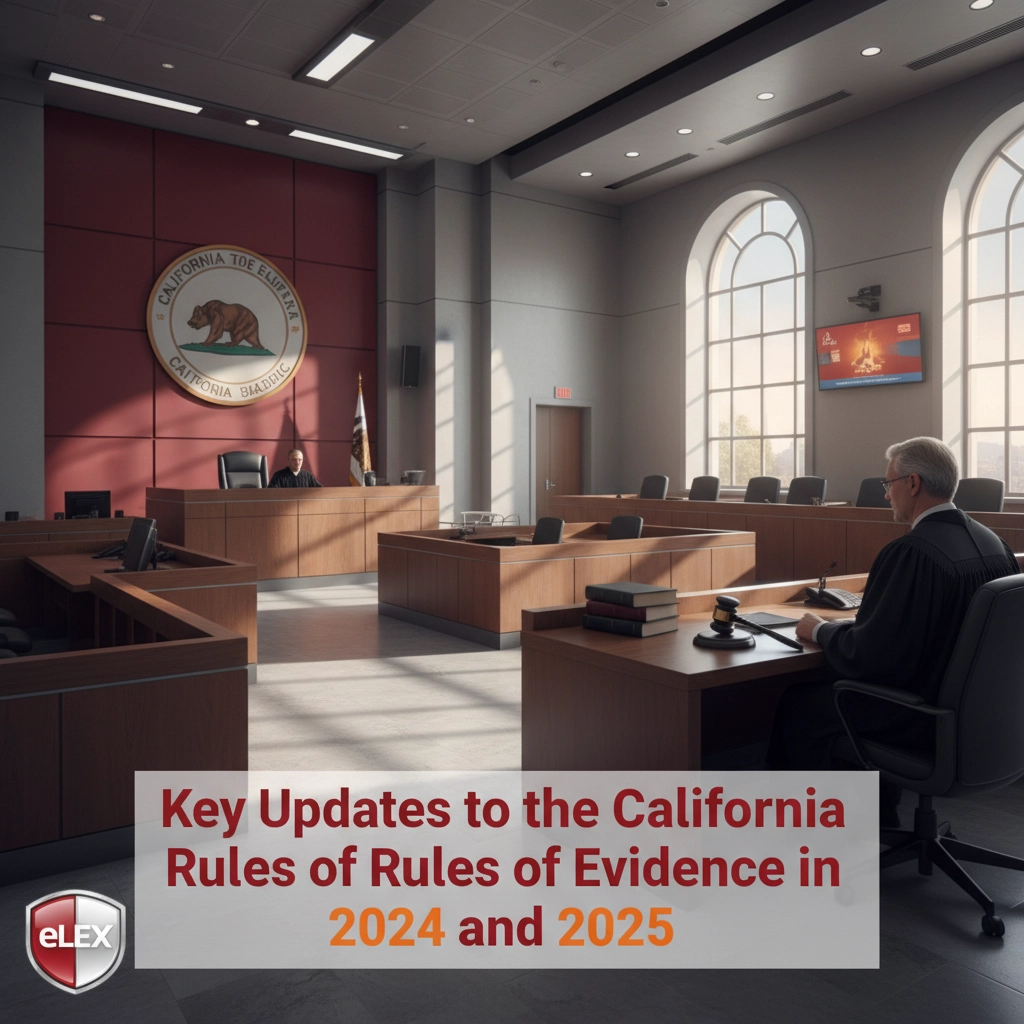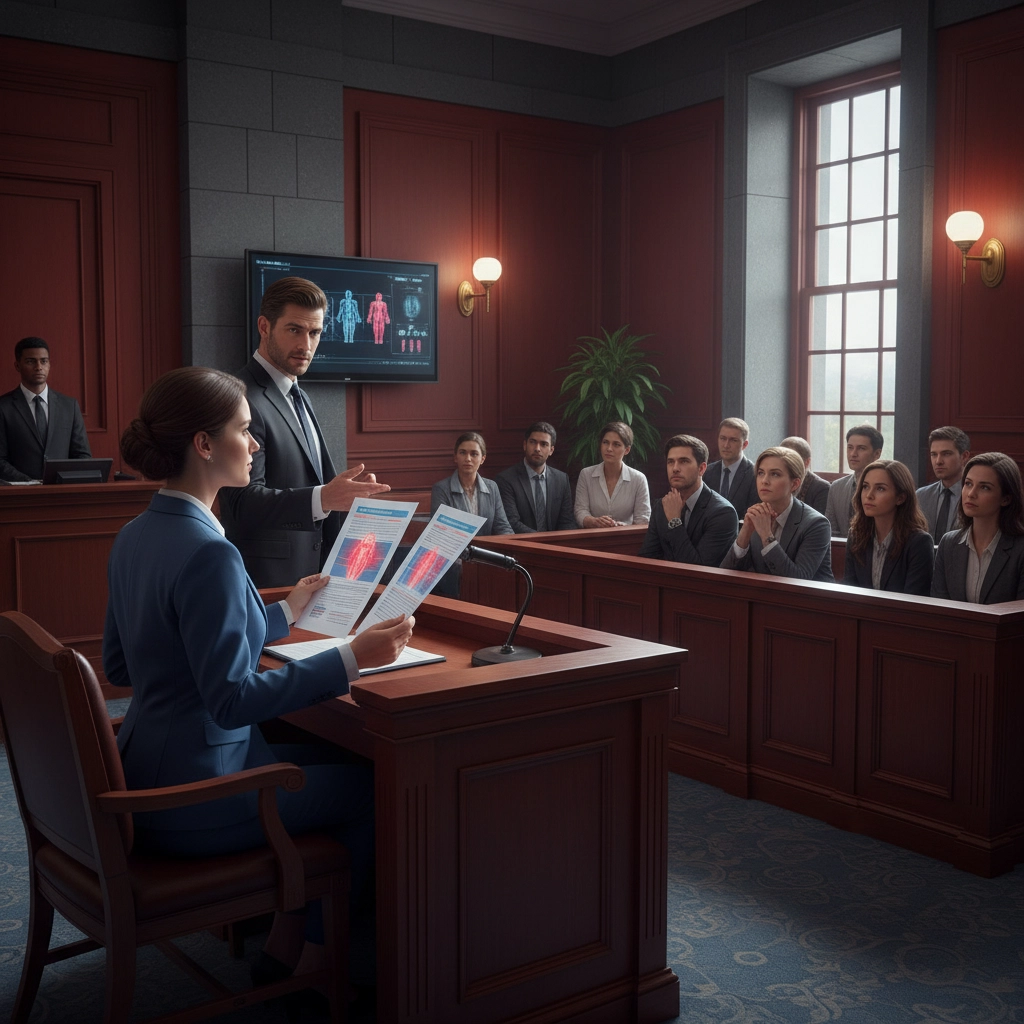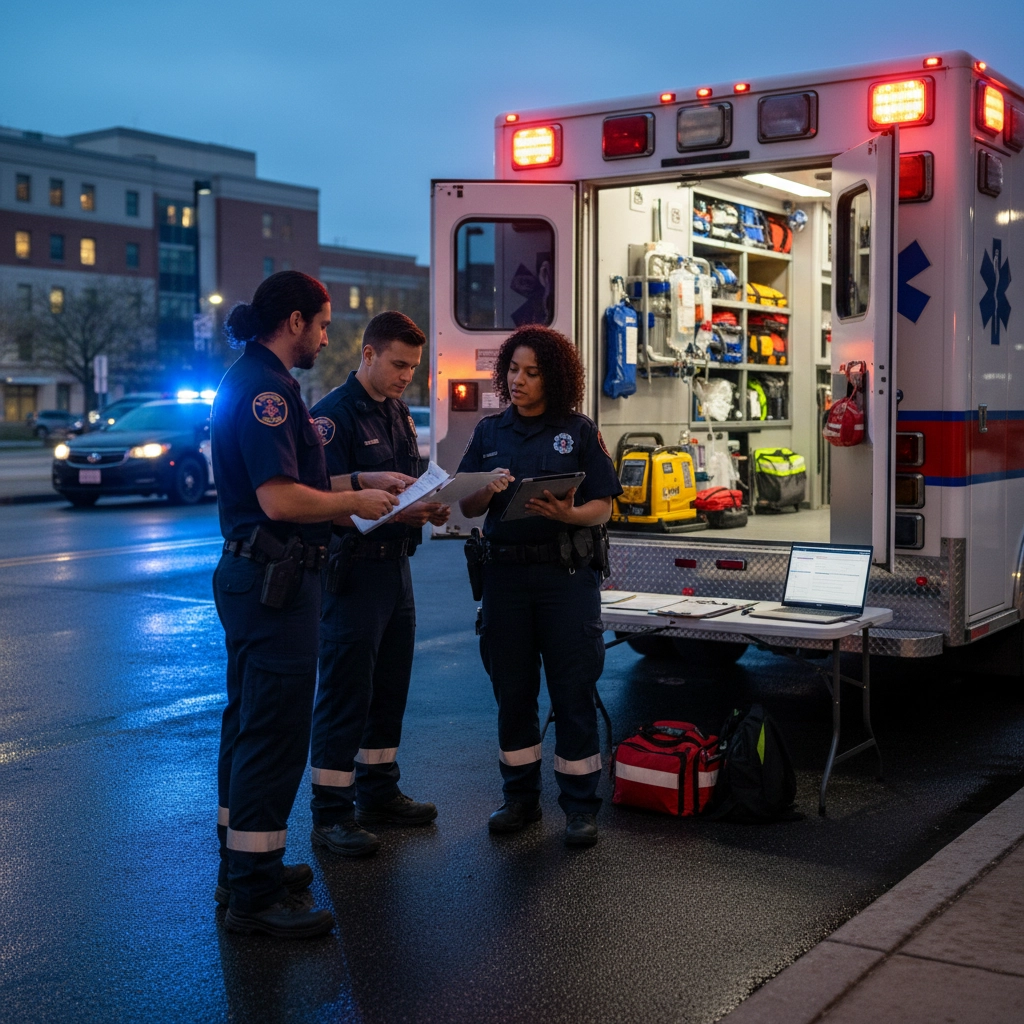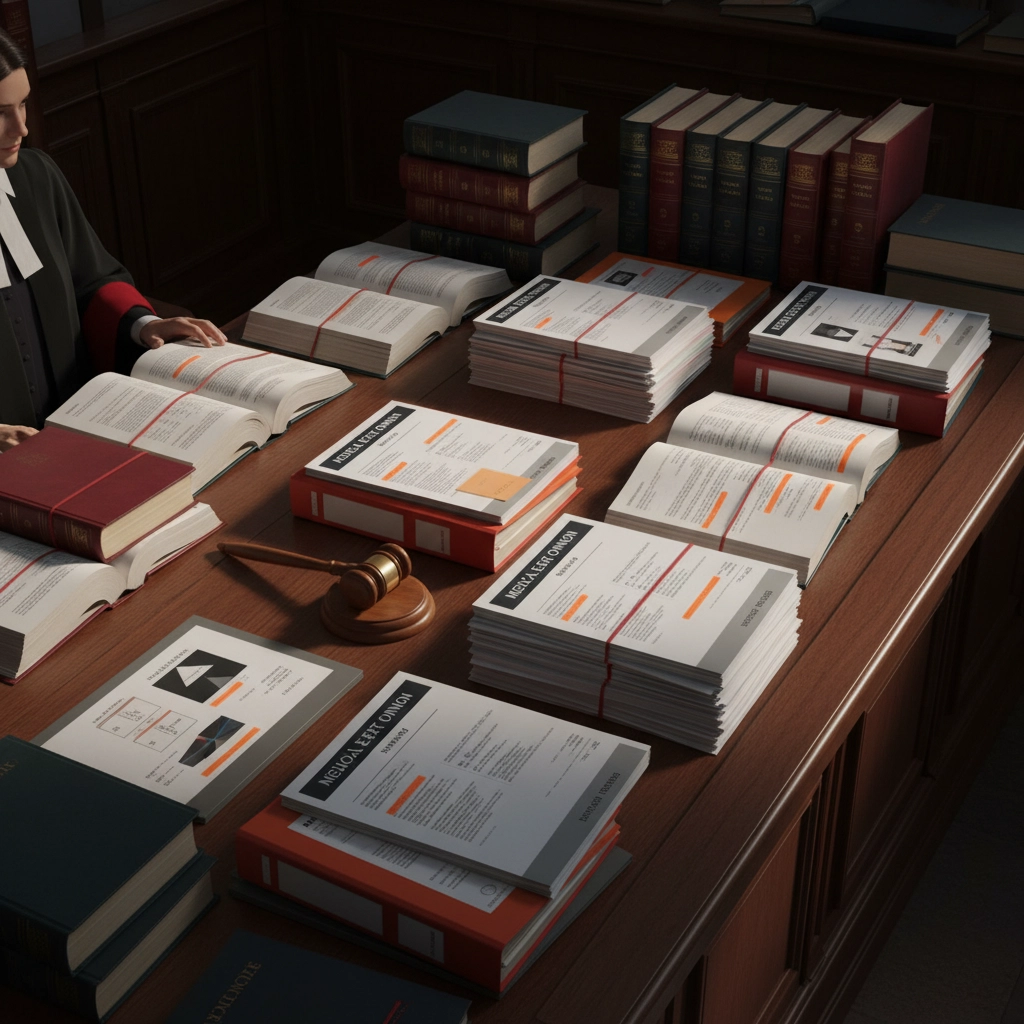Key Updates to the California Rules of Evidence in 2024 and 2025

If you're a trial lawyer in California, you've probably noticed some significant shifts in how evidence rules are being applied in courtrooms lately. The California Rules of Evidence saw two major updates in 2024 and 2025 that are already changing how we approach expert testimony and medical peer review protections. Let's break down what these changes mean for your practice and how to navigate them effectively.
The Big Picture: What Changed and Why
California lawmakers made these updates to address specific gaps and inconsistencies that were creating unfair advantages in litigation. The 2024 changes focused on leveling the playing field for expert medical testimony, while the 2025 updates extended important protections to emergency medical services. Both changes reflect California's ongoing effort to balance fairness with practical courtroom needs.
2024 Game Changer: Evidence Code Section 801.1
The most significant change came with the introduction of Evidence Code Section 801.1, effective January 1, 2024. This new section fundamentally altered how defense experts can testify about alternative medical causes in personal injury cases.
What the New Rule Requires
Under Evidence Code 801.1, defense experts who want to testify about alternative medical causes must now meet the "reasonable medical probability" standard. In plain English, this means they can't just suggest that something else "might have" caused the plaintiff's injury: they have to say it was "more likely than not" the actual cause.
This is a huge shift from previous practice, where defense experts could essentially plant seeds of doubt by mentioning various possibilities without having to back them up with strong medical evidence.

The Legislative History That Matters
This change didn't happen in a vacuum. It was a direct response to the California Supreme Court's decision in Kline v. Zimmer Inc. (2022), which held that only parties with the burden of proof needed to meet the reasonable medical probability standard. Defense attorneys were essentially getting a free pass to introduce speculative alternative causation theories.
The Consumer Attorneys of California pushed hard for this change through Senate Bill No. 652, arguing that unreliable expert testimony was misleading juries and creating unfair outcomes. The legislature agreed, stating they wanted to "heighten the bar to which experts will be held to ensure this particularly impactful testimony is reliable and not misleading."
Real-World Impact on Your Cases
Here's what this means for your day-to-day practice:
If you're representing plaintiffs:
- You now have stronger grounds to challenge defense expert testimony through Sargon motions
- Focus your challenges on whether the defense expert has sufficient medical evidence and literature to support their alternative causation theory
- Demand detailed expert disclosures that show the factual basis for any alternative causation opinions
If you're representing defendants:
- Start your expert consultation process earlier: you'll need more time to build a solid foundation
- Conduct more extensive discovery into the plaintiff's medical history and potential alternative causes
- Make sure your experts can point to specific medical evidence, not just general risk factors
- Prepare for more rigorous Sargon challenges from opposing counsel
Practical Discovery Strategies
The new rule has created some interesting discovery dynamics. Defense attorneys are now pushing harder for complete medical histories, lifestyle information, and detailed records about potential alternative exposures or risk factors. This is necessary because experts need concrete evidence to support their "more likely than not" opinions.
Plaintiffs' attorneys, meanwhile, are getting more aggressive about challenging the scope of discovery requests, especially when they seem designed to fish for speculative alternative causes without a solid medical foundation.
2025 Update: Expanding Peer Review Protections
The second major change came through AB2225, signed by Governor Newsom in September 2024 and effective January 1, 2025. This law expanded the confidential peer review discovery protections found in Evidence Code Section 1157.
What's New
The expansion extends peer review confidentiality protections to prehospital emergency medical care persons and personnel review committees. Previously, these protections were primarily focused on hospital-based peer review activities.
This might seem like a narrow change, but it has significant implications for cases involving ambulance services, paramedics, EMTs, and other emergency medical providers. Quality improvement discussions, incident reviews, and peer evaluation processes conducted by these providers are now protected from discovery.

Why This Matters for Trial Lawyers
Emergency medical services cases often involve split-second decisions made under extreme pressure. The legislature recognized that protecting the candid discussion of these incidents is crucial for improving patient care and safety.
For plaintiffs' attorneys: You'll need to be more creative in discovering information about emergency medical incidents. Focus on contemporaneous records, dispatch logs, and patient care reports rather than trying to access internal review discussions.
For defendants: This provides stronger protection for your EMS clients' quality improvement processes, but remember that the protection only applies to actual peer review activities, not all internal communications.
Strategic Implications for Modern Trial Practice
These evidence code updates are part of a broader trend toward more rigorous evidentiary standards in California courts. Here are some key strategic considerations:
Expert Witness Selection Is More Critical Than Ever
With the new reasonable medical probability standard, you can't just hire an expert who sounds good on paper. You need someone who can build a compelling, evidence-based case for their opinions. Look for experts who:
- Have extensive experience with similar cases
- Can cite relevant medical literature
- Understand the legal standards and can communicate them clearly
- Won't back down under aggressive cross-examination about the strength of their opinions
Discovery Planning Needs to Evolve
Both changes affect how you should approach discovery planning:
- Start expert discovery earlier to allow time for thorough preparation
- Be more strategic about medical records requests
- Consider the peer review protections when planning discovery against EMS providers
- Prepare for more sophisticated challenges to expert testimony

Motion Practice Opportunities
The new rules create fresh opportunities for both Sargon motions and discovery motions. Plaintiffs' attorneys should be prepared to challenge defense expert testimony more aggressively, while defense attorneys need to ensure their experts are bulletproof before trial.
Looking Forward: What These Changes Mean
These evidence code updates reflect California's commitment to improving the reliability of expert testimony while protecting legitimate quality improvement processes in healthcare. For trial lawyers, they require more sophisticated preparation and a deeper understanding of the medical and scientific foundations underlying expert opinions.
The reasonable medical probability standard for alternative causation testimony is particularly significant because it addresses a long-standing imbalance in how expert testimony was treated. Defense experts can no longer simply muddy the waters with speculative theories: they need to present well-supported alternative explanations.
The expansion of peer review protections acknowledges the reality that quality healthcare extends beyond hospital walls to include emergency medical services. This protection should encourage more thorough quality improvement processes in the EMS field.
Practical Tips for Immediate Implementation
Here's what you should do right now to adapt to these changes:
- Review your expert witness procedures to ensure they align with the new reasonable medical probability standard
- Update your discovery templates to account for the expanded peer review protections
- Train your team on the new standards and how they affect case preparation
- Consider the impact on pending cases and whether any strategic adjustments are needed
These changes aren't just technical updates: they're reshaping how medical causation cases are litigated in California. The attorneys who adapt quickly and thoroughly will have a significant advantage in the courtroom.
For more resources on evidence rules and trial advocacy strategies, check out our comprehensive guides at eLEX Publishers. We're committed to helping trial lawyers stay ahead of these important developments and master the practical skills needed for courtroom success.
